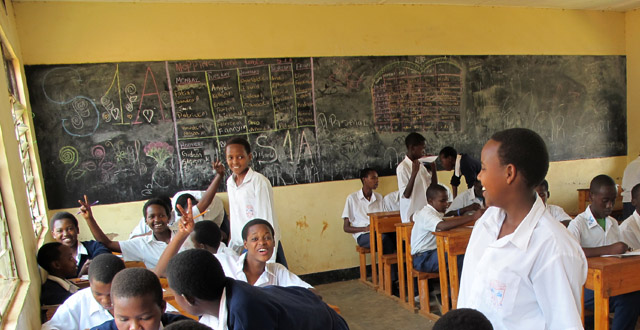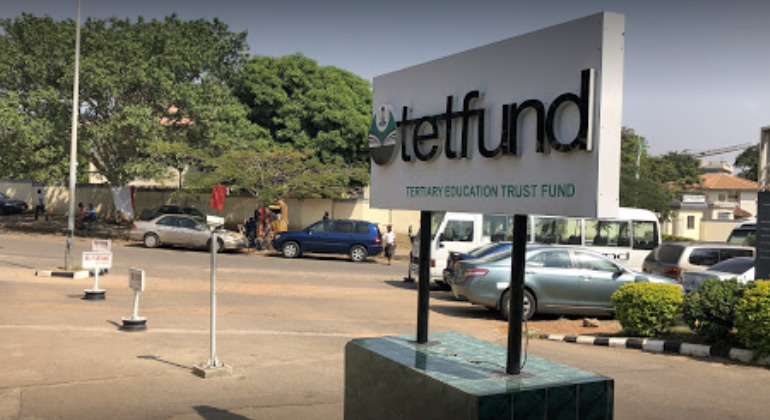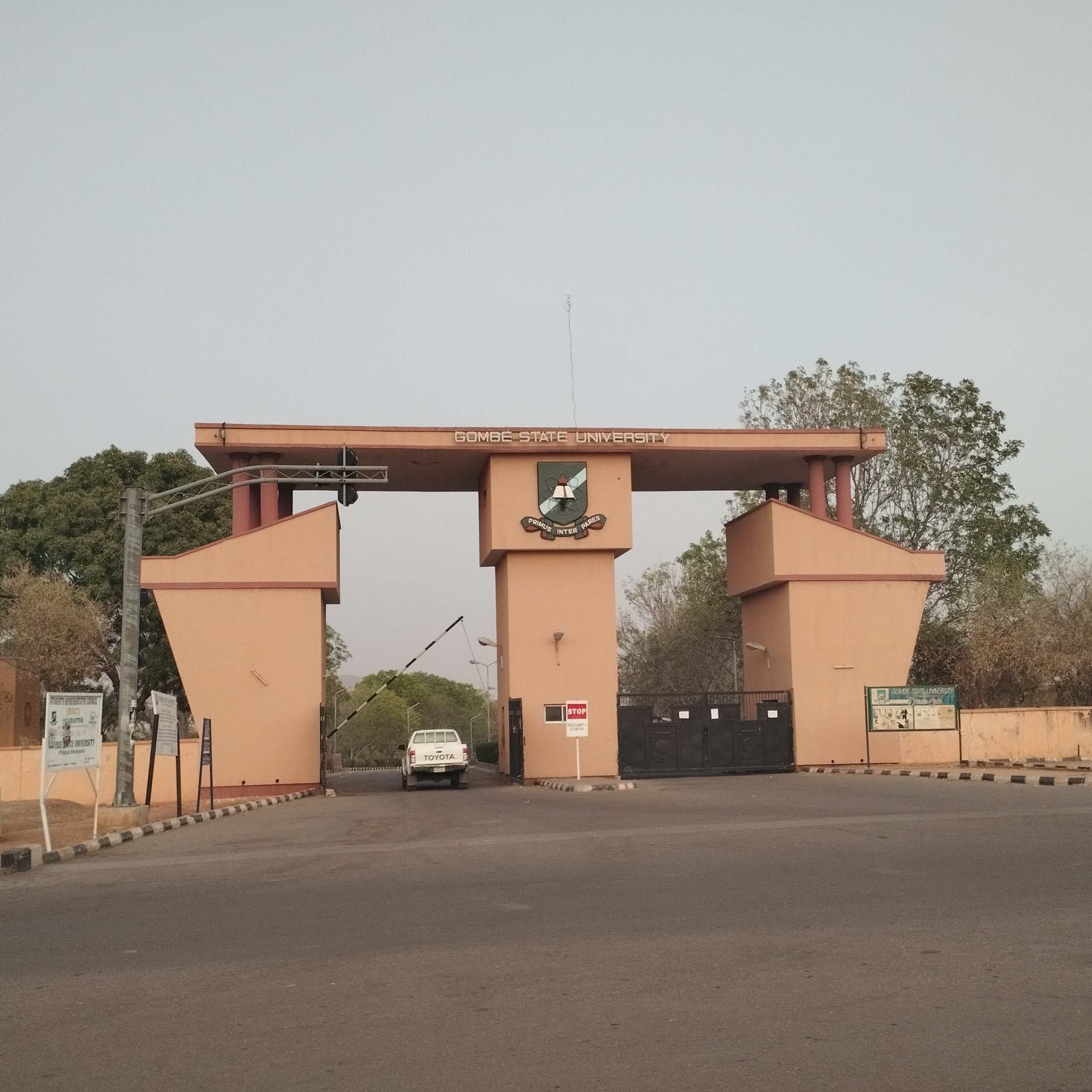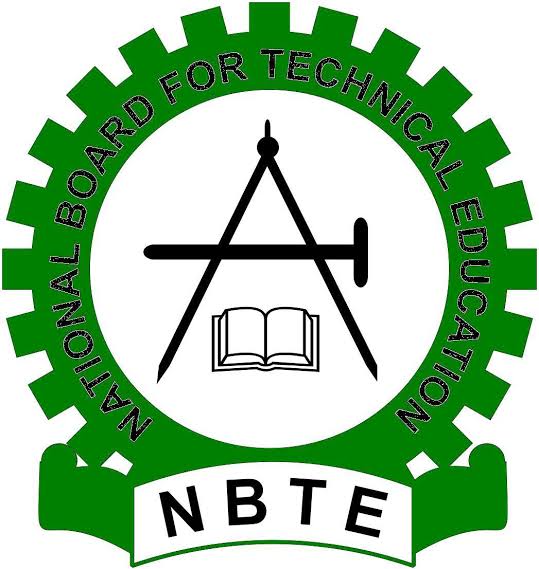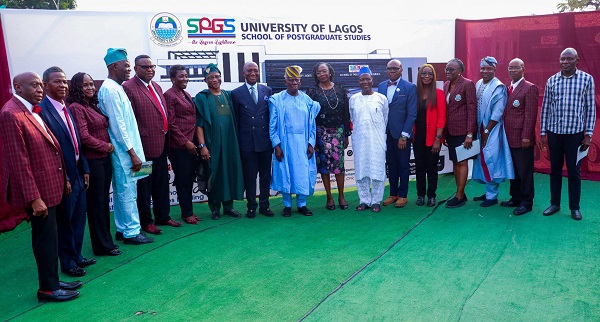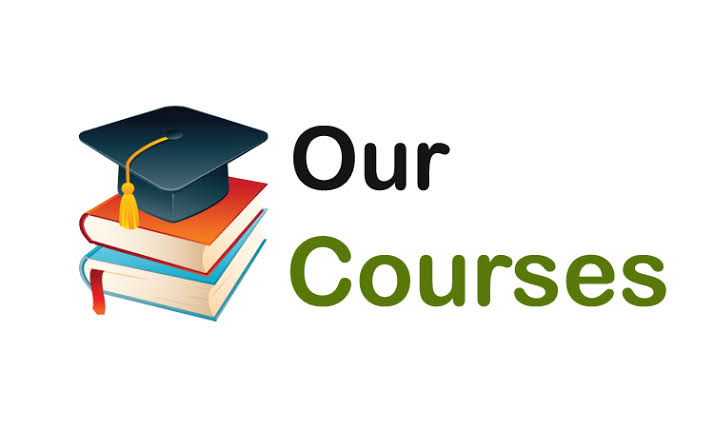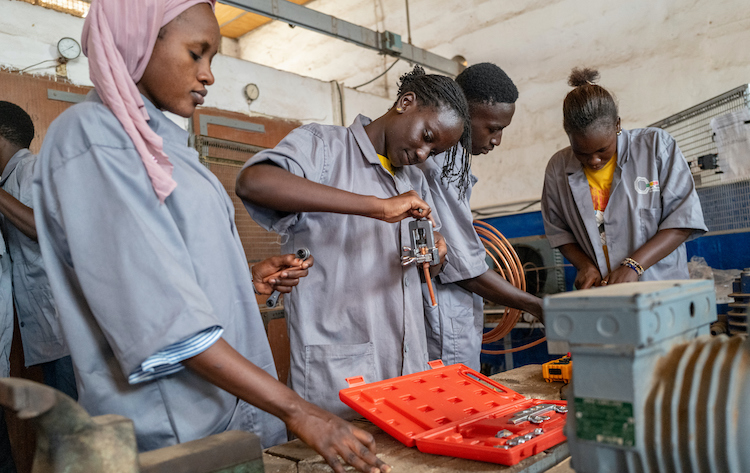The Rwandan education is structured as a 6-3-3 system, six years of primary school, three years of lower secondary school, and three years of upper secondary school. While 98% of children aged seven and above were at least enrolled in primary education, there is a high dropout rate of 7%. The transition rate to the secondary level also is rather low at 46% in 2021 (Dufitumukiza, Wanjala, & Khatete, 2021).
Although the government follows a 9-year basic mandatory education plan, far from all school-aged children complete these nine years which is enabled through non-enforcement of applicable law. Previously the government focused its resources on increasing primary school enrollment rates which turned out to be successful however neglected secondary school enrolment rates. This focus was shifted within the “Vision 2020 Rwanda” which put greater emphasis on increasing secondary enrolment rates, of which the effects are still to be seen (Rwanda Ministry of Education, 2021). In 2019, the World Bank allocated $200 million to boost basic education in Rwanda focusing on improving teacher competency and student retention. In Rwanda, teacher compensation improved twice in recent years. A 10% salary increase in 2019 and a 40-88% salary increase (depending on qualifications) for teachers in July 2022. Additionally, pay-for-performance contracts have been piloted with upper primary teachers, with promising results suggesting improved outcomes and reduced absenteeism.
Rwanda, like many other African countries, is facing a learning crisis. In sub-Saharan Africa, learning poverty, defined as the share of children unable to read and understand an age-appropriate text by age 10, is estimated at 89 per cent by the World Bank, UNESCO, and other organizations. While specific country estimates are not available for Rwanda, the World Bank Capital Index suggests concerning developments. Rwanda like many other African countries is facing a learning crisis. According to their data, students in Rwanda score 358 on a harmonized test score scale where 625 represents advanced attainment and 300 represents minimum attainment. This benchmark corresponds to the advanced achievement standard set by the Trends in International Mathematics and Science Study. It is imperative to improve the quality of the education provided in schools.
Schooling does not imply learning, but a lack of learning increases the likelihood of dropping out of school. According to the UNESCO Institute of Statistics, the primary school completion rate was 68 percent in 2020 for boys and 74 percent for girls. In the same year, the secondary completion rate is lower, with boys at 39% and girls and 39%. According to the World Bank’s Gender Data Portal, gross enrollment in tertiary education was at 8 percent for men in 2021 versus 7 percent for women.
Despite these challenges, The Rwandan government provides free and compulsory education for nine years of basic education. Free education is now being expanded to twelve years of education. A joint report from the Education Commission, Education Development Trust and others assessed how school leaders were able to ensure continuous learning and support during school closures and reopening. It identified engagement with caregivers and communities, leader and teacher collaboration and tracking, sharing, and providing targeted support as key factors in enhancing learning outcomes.
Three in five Rwandans live on less than US$1.90 a day. And although the education system has made strong progress, especially in access to school, 121,348 children and 32,455 adolescents remained out of school in 2019.
Teaching quality is vital to students’ learning outcomes and thus for their future life as a citizen contributing to a prosperous society. A 2014 study has shown that replacing a teacher from the lowest 5% of teaching quality with a teacher in the median increases lifetime income by 250.000 USD per classroom, which is significant considering the Rwandan average income (Bower, 2019). In Rwanda, the quality of education has been identified as a major shortcoming in the achievement of the goals set (UNICEF, n.d.). In 2008, English became the official teaching language in Rwanda from the third grade of primary school, replacing French as the main mode of instruction (Eysette, 2022). Still, in 2008 only 4% of the population spoke English, which significantly increased to 38% in 2018 due to effective policy (English Proficiency Index, n.d.).
However, there is still a significant number of teachers, with little to no English proficiency which leaves students ill-prepared for a possible secondary or tertiary education where English proficiency is considered a must. Additionally, inadequate teacher training and antiquated teaching methods have been identified as a challenge in Rwanda’s education. While teachers’ salary have increased in the last years, spending on professional teacher training has decreased proportionally (UNICEF, 2020).
To increase access to education, many teachers teach two shifts a day – a practice that the government has begun addressing by constructing additional classrooms and recruiting more teachers. Education is a high priority for the government of Rwanda.
Children who attend pre-primary school are better prepared for primary school and have better education outcomes. Early childhood education is also one of the most cost-effective ways to prepare children for learning and give them a chance to thrive later in life.
Although access to pre-primary education is still low, Rwanda has succeeded in increasing access to pre-primary education with support from GPE and other donors.
The number of enrolled children rose from 24% in 2018 to close to 30% in 2019, surpassing expectations. More children now attend pre-primary school even in the poorest performing school districts, where enrollment rose from 10% in 2014 to nearly 19% in just three years – narrowing the gap with the best-performing districts.
To support early childhood learning, GPE supported training for more than 5,500 pre-primary teachers as well as the development of early childhood teaching kits and play-based instructional materials, such as a “discovery of the world” curriculum that includes science and encourages young learners to explore the world around them.
To further increase access to early childhood education, GPE supported the construction of more than 400 schools with pre-primary classrooms between 2015 and 2018 prioritizing schools for vulnerable children in remote areas and poor-performing districts. The number of pre-primary schools grew by 70% from 2013 to 2018, and the ratio of students to teachers improved.
Rwanda is focusing on pre-primary education because we believe in early preparation of kids- Dr. Papias Musafiri Malimba, Former Rwandan Minister of Education
Rwanda is endeavoring to improve equity in education, with a focus on educating girls and children with special needs.
GPE has helped the country further narrow the already small gender gap in pre-primary and primary enrollment. While the gender gap between boys and girls has improved, girls are still more likely to drop out of primary school than boys.
The challenges for students with special needs can be sky-high, with nearly one in three children never attending school. One of the barriers to education for children with disabilities is an insufficient number of teachers trained to educate children with disabilities; the long walk to school can also be a hurdle for children with physical disabilities.
To increase the enrollment and retention of children with special needs, GPE supported the government to train nearly 7,000 teachers in inclusive education in 2018, doubling the number trained the previous year, to eventually train every teacher.
Resource rooms for children with disabilities, equipped with learning devices and inclusive education toolkits were also constructed to support learning.
The government’s move towards a knowledge-based economy has led the school system to focus on developing students’ science, technology, engineering and mathematics (STEM) skills and on attracting more girls to these fields. However, a lack of qualified STEM teachers, equipment and materials presents a challenge to realizing this goal.
GPE supported the publishing of 1.6 million STEM textbooks for upper primary schools and the construction of school laboratories, providing science kits where no laboratories existed and training teachers on how to use them.
Rwanda has also partnered with technology companies to bring communications technologies, robotics and computer programming into the classroom.
“There is a need to strengthen science, technology and research not just in Rwanda but across the whole African continent, and the government of Rwanda is engaged in several national and regional initiatives to help build this capacity.” Dr. Eugene Mutimura
Former Rwanda Minister of Education
Rwanda’s education ministry is moving towards a results-based culture. However schools can’t focus on results without monitoring progress and pinpointing areas for improvement.
In recognition of this, the Learning Achievement in Rwandan Schools (LARS) assessment tool aims to elevate education quality by giving policymakers information about students’ learning outcomes and how proficient they are in key subjects.
According to data from LARS, more than 40% of learners are not achieving the expected competencies for their grade levels. For example, the 2014 assessment found that less than half of grade 2 and 5 students could read or write at the appropriate grade level. LARS has also uncovered important inequities. Urban students, for example, performed much better than those in rural areas.
To address this and other gaps, GPE is supporting the provision of alternative technologies to schools without electricity or internet connectivity and the construction of lower secondary schools in rural areas.
Rwanda’s education system offers several valuable lessons:
1. Investment in Teachers: Prioritizing teacher training and compensation can significantly improve education quality and student outcomes.
2. Early Childhood Education: Emphasizing pre-primary education can better prepare children for primary school and improve long-term education outcomes.
3. Inclusivity: Addressing the needs of marginalized groups, such as girls and children with disabilities, is crucial for achieving equitable education.
4. STEM Education: Focusing on STEM skills and partnerships with technology companies can help prepare students for the demands of a modern economy.
5. Data-Driven Decision Making: Implementing assessment tools like LARS allows for the monitoring of progress and identification of areas needing improvement, contributing to a results-based education culture.
6. Infrastructure Development: Investing in infrastructure, such as classrooms and technology, can enhance access to education, particularly in rural areas.
Finally, Rwanda’s education system is structured with a focus on improving quality and access, evidenced by initiatives such as teacher training, pay increases, and expansion of free education. Despite progress, challenges like learning poverty persist, driving efforts to enhance learning outcomes. The emphasis on early childhood education and inclusivity, along with initiatives to strengthen STEM education, reflects Rwanda’s commitment to equipping students for a knowledge-based economy. Monitoring tools like the Learning Achievement in Rwandan Schools (LARS) assessment aid in identifying areas for improvement and ensuring equitable education across urban and rural areas.
References:
Global Partnership for Education
https://www.globalpartnership.org/funding/how-apply-grants#grant-eligibility
Broken Chalk



